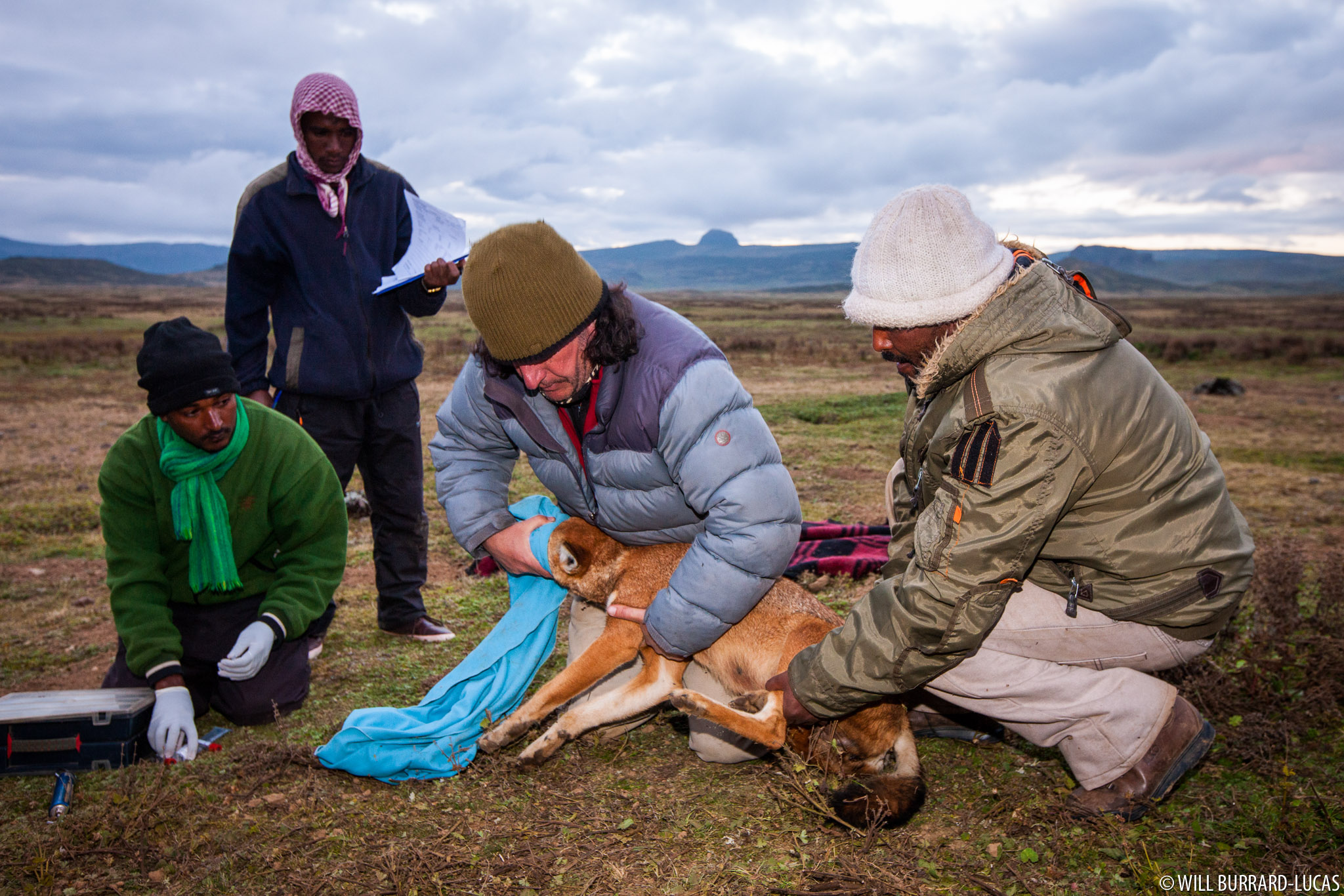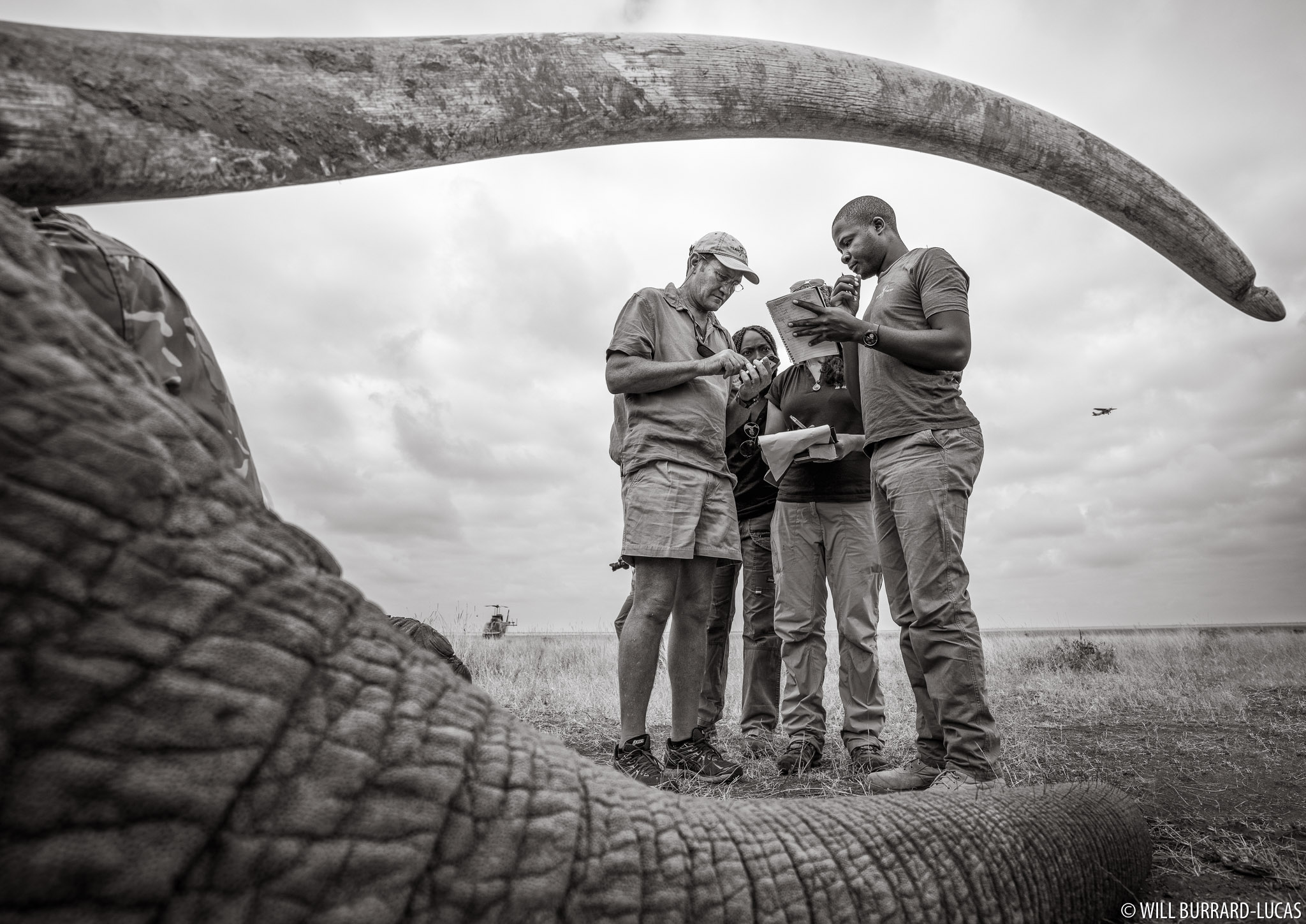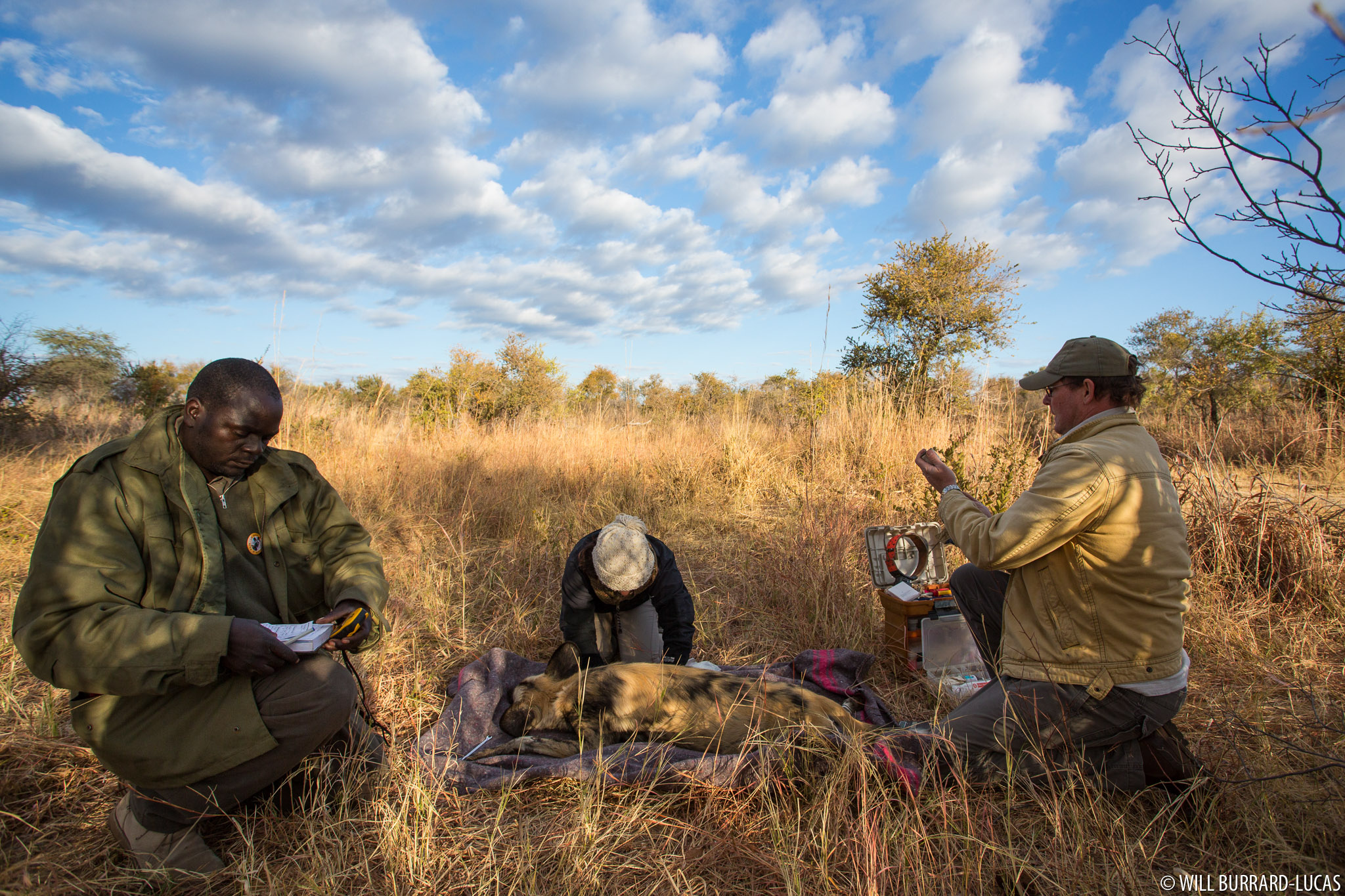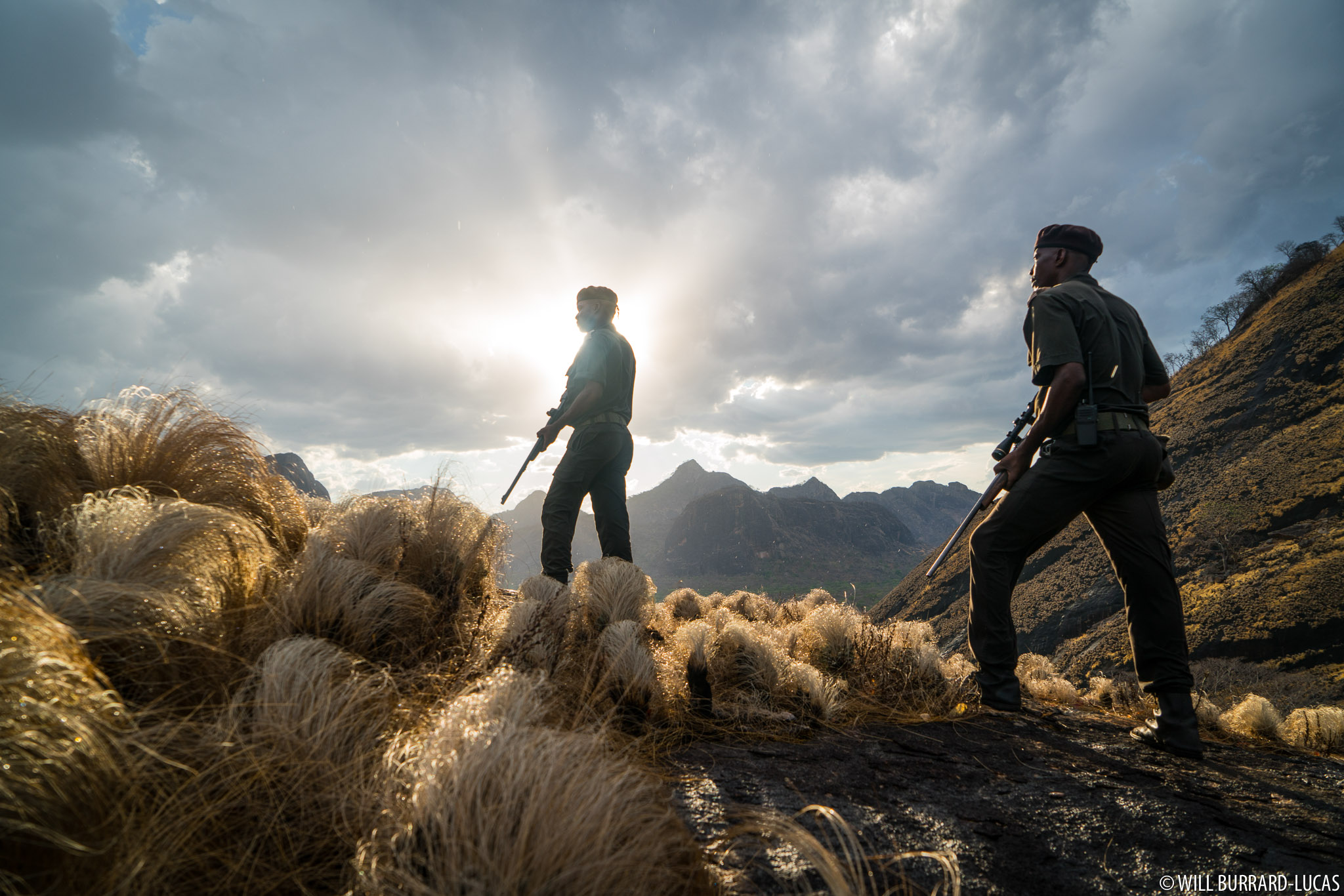Conservation
Giving back to nature…
There wouldn’t be much of the natural world left to photograph if it were not for the tireless efforts of conservationists. I am incredibly grateful to the many dedicated and selfless individuals making up this community and I feel compelled to use my photography to contribute to their efforts in any way that I can.

Ethiopian Wolf Conservation Programme, 2012
To photograph wild animals, I must venture into their world, intruding into their space and inevitably leaving a footprint on the natural world. Despite my efforts to tread lightly, it is impossible to have no impact – just the carbon emissions generated from my international flights make me feel guilty (at least there’s this to lessen my impact a bit). As a result, I feel obliged to use my photography however I can to contribute to conservation initiatives. I believe this is the only way to justify the cost of what I do.

Land of Giants | Tsavo Trust, 2018
Over the years, I have worked with numerous conservation NGOs. Sometimes, I contribute in small ways, for example, by donating images that they can use in their fundraising materials. Other times, I have undertaken assignments for large organisations such as WWF or partnered with local NGOs on ambitious projects lasting many months. The purpose of my images can vary; they might be used to raise awareness about issues on an international level or they could be used to illustrate outreach and educational content aimed at local communities. Sometimes, the purpose is to raise funds for conservation efforts through print or book sales. Whatever the purpose, I hope that my photographs can foster a sense of wonder and inspire people to care a little more about our incredible planet.

Painted Dog Conservation, 2013
Wherever I have been in the world, I have noticed a universal truth: that local communities need to be motivated and empowered to conserve the wildlife and wild places on their doorsteps. Without their support, conservation is always going to be an uphill struggle. I have seen numerous examples of responsible tourism supporting rural communities by employing local staff and tourism operators working hand-in-hand with conservationists to fund schools, healthcare and schemes to mitigate human-wildlife conflict. At the most basic level, responsible tourism can show that wildlife is worth more alive than poached for bush meat, and that wild spaces are worth more intact than cleared for firewood and grazing land. In the face of growing population pressures and dwindling natural resources, it can sometimes be hard to make this case when we have little appreciation for the harsh realities of life in these remote places. However, travelling with responsible organisations can open our eyes to these issues and directly support frontline communities and so I believe this is one of the best ways that we as individuals can help make a difference.

I believe that rangers and conservationists should be equipped with the best tools possible – no expense spared. Through my new Escarpment initiative, I have been developing high-quality equipment that is durable enough to withstand the rigors of continuous and long-term use in the field.

Niassa, Mozambique, 2016
I am setting aside 20% of the proceeds from every print sold to fund donations of Escarpment equipment to conservation causes. By working directly with manufactures and ordering equipment in bulk, I’m able to multiply the impact of each donation: for every dollar raised through print sales, I can supply equipment worth at least two dollars to a conservation organisation.
Our first pairs of Escarpment binoculars have already been produced and are now in the hands of rangers in Kenya. Learn more here: https://escarpment.com/about/
